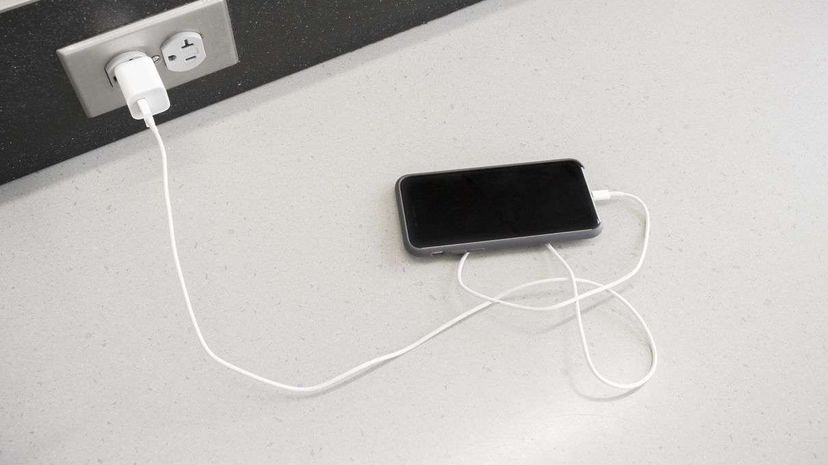You've probably had a friend — or even the smartphone salesperson — tell you it's bad for the battery to leave the device plugged in overnight. But on the other hand, who wants to wake up at 3 a.m. to unplug their phone?
Relax, my friend. Your phone's battery is smarter than you think. When you plug in your smartphone at night, the lithium-ion battery begins to slowly recharge until it is full or "saturated" at 4.1 volts.
"Then it turns off," says Isidor Buchmann, founder and CEO of Cadex Electronics and the creator of the educational website Battery University. "It's as if it were on the shelf and not connected at all."
So, if the charger is functioning correctly, it's impossible to "overcharge" your phone's battery beyond its limit of 4.1 volts. But is it bad for the battery to be fully charged for long periods? That depends on what you expect out of a phone battery.
"If somebody wants to keep a battery forever, then you could call it 'overcharging,'" says Bachmann. "But with a consumer product like a smartphone, people don't care about battery life. In two to three years the glass breaks and you buy a new one and the old battery still has some life in it."
Technologies with longer lifespans, like satellites and electric cars, are a different story. In that case, engineers must take special precautions to extend the life of lithium-ion batteries. The rechargeable batteries in electric cars, for example, don't charge to 100 percent full capacity or drain all the way to zero.
"They work in the middle where the battery would have the least amount of stress over time," says Bachmann.
So you don't need to wake up at night and unplug your fully charged phone. The whole point of charging a smartphone is to maximize the amount of time you can use it before plugging it back in. You want it at a 100 percent in the morning so that it lasts all (or most of) the day.

